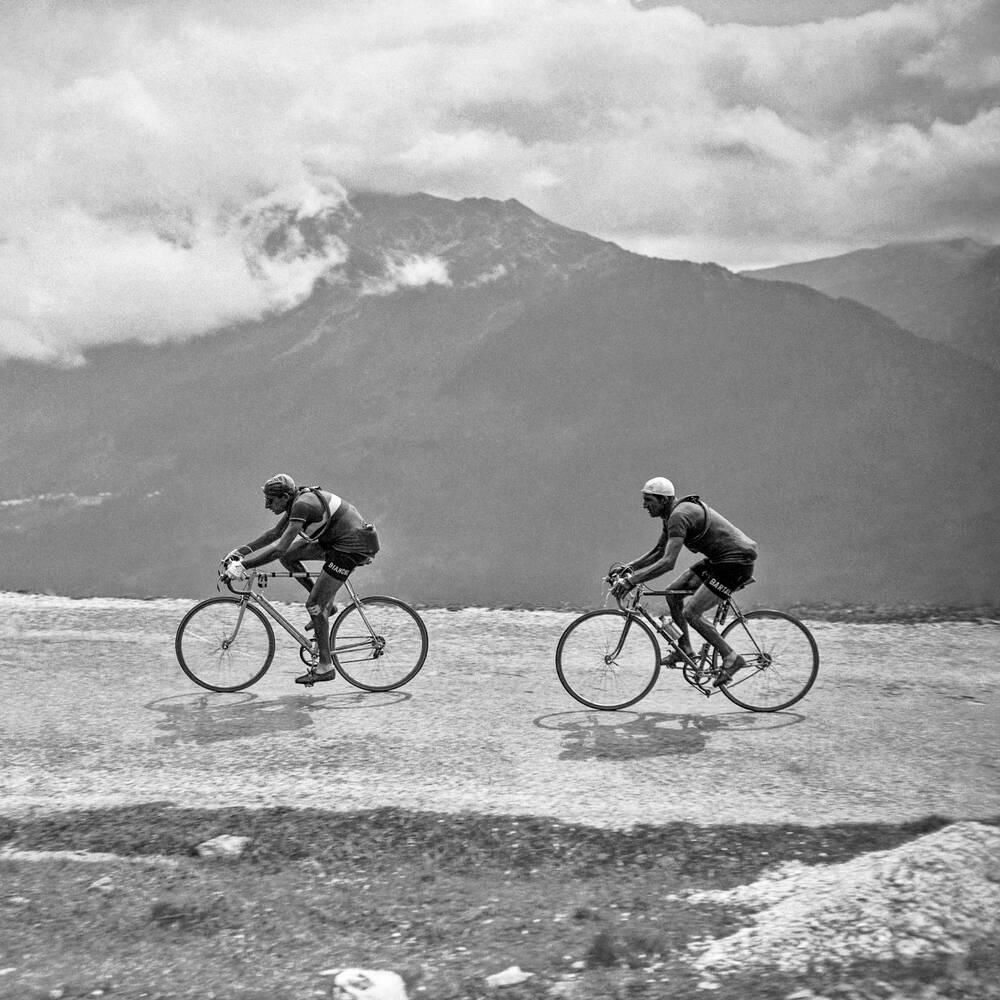A Safe European Tour

Fausto Coppi and Gino Bartali chase each other in the Italian Alps.
It's over, and there's a little hole in my life. The Giro d'Italia, Tour de France and the Tour de France Femmes have ended. I subscribe to a service that provides coverage of the three grand tours, the biggest professional cycling races – the Giro d'Italia, the Tour de France and the Vuelta a España – which are each 21 stages over three weeks and often cover over 3000 KM, and a handful of minor tours, which are usually a week long, such as the Tour de Suisse or the Critérium du Dauphiné, and a smattering of classics and monuments such as Paris-Roubaix or Milan-San Remo, which are gruelling one day races.
I will admit I don't understand why someone would watch golf, but this admission comes with the realization that watching cycling races is very similar. It can be slow without anything much happening except the commentators commentating. They may note the history of a castle, monument, or manor house that has come into view from the aerial camera. They may discuss what's good to eat in this or that part of France. This may lead to a discussion about what the cyclists eat before the stage, during the stage, and after the stage. What is that odd red drink they guzzle after the stage? (Cherry juice, apparently appropriate for race recovery but not after training rides). It takes a complex Jenga stack of technology, including five to seven motorcycles, three helicopters, a small airplane, and at least two satellite dishes to capture and broadcast the race. Over the three weeks in the summer, you can watch the mesmerizing colours of the peloton snake and pulsate through some beautiful European scenery and forget you have a job or anything else worth doing. You don't need a passport or a visa. You don't need local currency or do any conversions or figure out train schedules. You sit and watch while Europe washes over you.
Read more »


